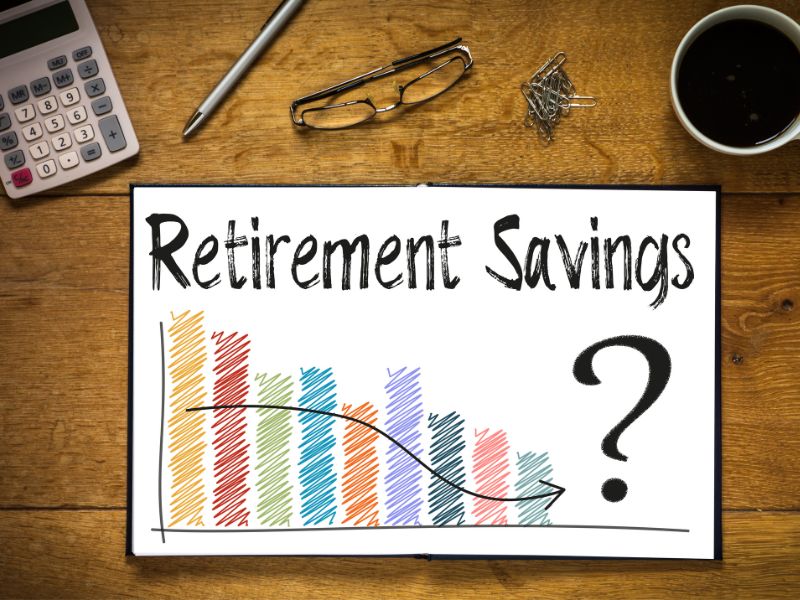
Recently, a MarketWatch article that claimed by the age of 35, you should have twice your salary saved was roasted online. For many Millennials carrying student debts into their 30s, dreaming about buying a home, and facing ever-higher rents, that number can seem completely out of reach. Unfortunately, there is some truth to it. There’s an important caveat: saving twice your salary by age 35 is a successful strategy for a stress-free retirement, but that doesn’t mean most people now or even in the past have been able to achieve savings like that.
Retirement Savings by Income
Much of your ability to save depends on your income. The more you earn, the higher percentage of your annual income you should have saved. A more reasonable model of retirement savings suggests that by 35 you should have:
- 90% of your salary saved if you
earn $50,000 - 160% of your salary saved if
you earn $75,000 - 200% of your salary saved if
you earn $100,000 - 260% of your salary saved if
you earn $150,000 - Up to 350% of your salary saved
if you earn $300,000
Under this model, your savings should have an 80% chance of lasting 30 years after you retire and a nest egg that experiences 6% annual growth. From 35, you should be setting aside 10% of your annual salary every year.
Silver Allocation in Your Retirement
Stocks and bonds are the basics of your portfolio, but have you considered how precious metals like gold and silver can play an important role in your savings? As your retirement savings increase, it pays to look into non-paper assets, such as gold and silver.
Gold and silver are assets that are great to have when a recession or financial crisis hits your savings on the stock market. Some financial experts say anywhere from 5-10% or more of your portfolio should be invested in gold and silver. The last financial crisis, which largely shaped the employment and savings world Millennials experience today, sent off major gains in gold and silver.

Gold vs. Silver
Gold is the more stable of the two precious metals, whereas silver is a great bargain right now. If your primary goal is to counterbalance risk, gold is safe. Silver, on the other hand, has a much higher upside as it’s deeply undervalued right now. Silver bars can also be more accessible, as they come in at a fraction of the price. It isn’t hard to learn how to buy silver bars and bullion as online dealers can provide fully insured delivery as well as storage.
Investing in silver bars and gold will help you weather the storm. At the age of 35, there will likely be at least 3 recessions between now and when you retire. As you get older, you have less time to watch your savings recover if you want your savings to really grow. Precious metals can help you achieve that growth.